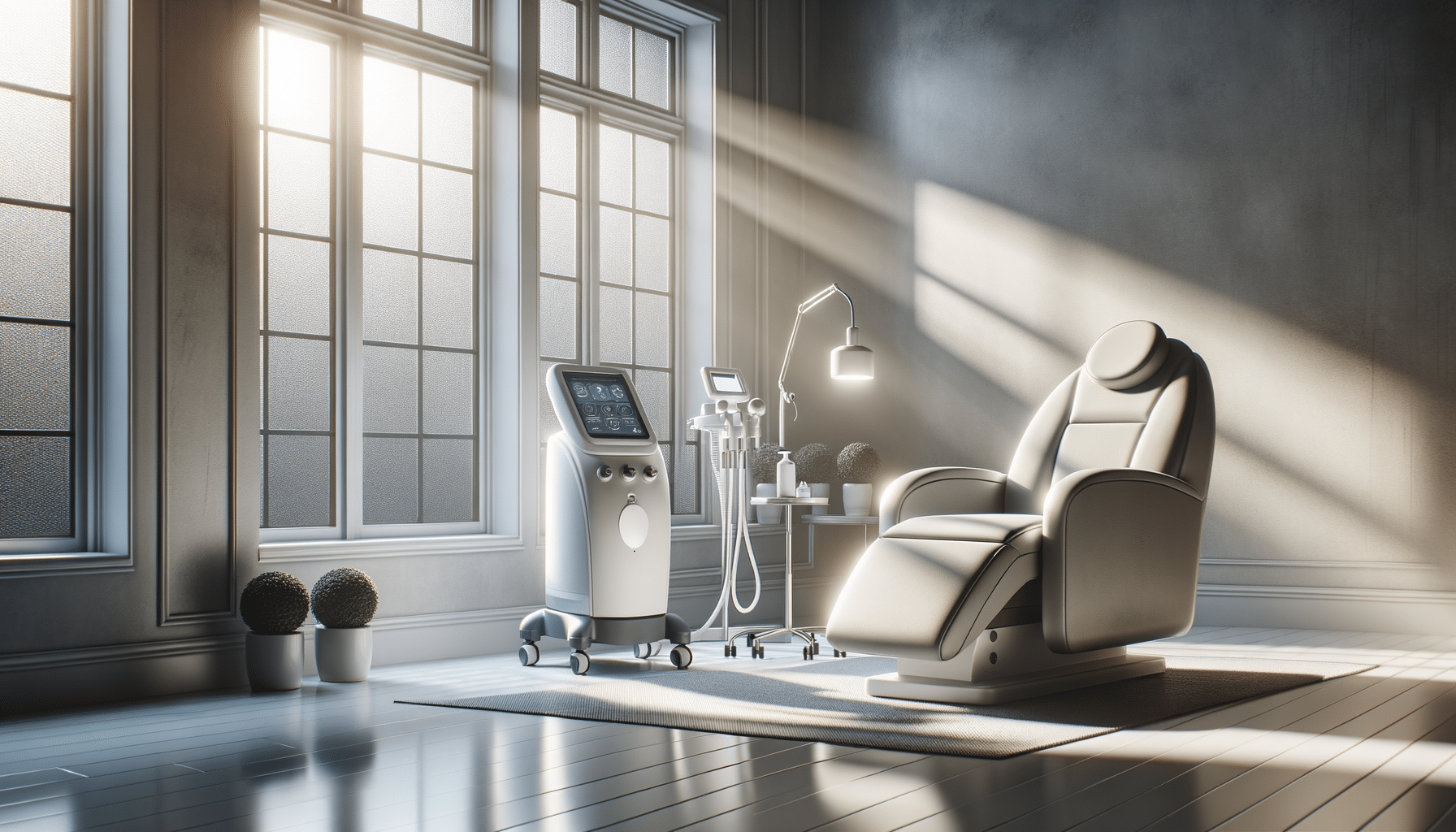
Ultrasonic Fat Reduction: The Non-Invasive Way to Refine Your Shape in the UK
Understanding Ultrasonic Fat Reduction
Ultrasonic fat reduction is gaining popularity as a non-invasive cosmetic treatment aimed at refining the body’s natural contours. This innovative technique employs sound waves to target and break down fat cells, offering a promising alternative to traditional surgical methods like liposuction. The process, often referred to as ultrasound cavitation, works by using low-frequency sound waves that penetrate the skin to reach the fat cells beneath. These waves create bubbles around the fat deposits, which gradually disintegrate the cells, allowing the body to naturally eliminate them through the lymphatic system.
One of the key advantages of ultrasonic fat reduction is its non-invasive nature. Unlike surgical procedures, this method requires no incisions, anesthesia, or recovery time, making it an attractive option for those seeking to improve their body shape without the risks and downtime associated with surgery. Furthermore, it is generally considered safe for various areas of the body, including the abdomen, thighs, and arms, where stubborn fat tends to accumulate.
However, it is important to note that ultrasonic fat reduction is not a weight loss solution. It is designed to assist in body contouring and is most effective for individuals who are close to their ideal weight but struggle with localized fat deposits. As with any cosmetic treatment, consulting with a qualified professional is crucial to determine if this procedure aligns with your personal health goals and expectations.
The Science Behind Sound Waves and Fat Reduction
The technology behind ultrasonic fat reduction is rooted in the principles of sound wave physics. The procedure utilizes ultrasound technology, which has been employed in medical diagnostics and treatments for decades, to target adipose tissue selectively. The sound waves emitted during the treatment are set at a specific frequency that resonates with the fat cells, causing them to vibrate and ultimately break down.
This breakdown process, known as cavitation, involves the formation of tiny bubbles within the fat cells. When these bubbles burst, they create a shock wave that damages the cell membrane, leading to the release of the stored fat. The body then processes this liberated fat through its natural metabolic pathways, eventually eliminating it as waste.
Research indicates that ultrasonic fat reduction can effectively reduce the circumference of treated areas, offering a noticeable improvement in body contour. However, the results are not instantaneous and typically require multiple sessions to achieve the desired effect. Each session is relatively quick, often lasting less than an hour, and patients can return to their daily activities immediately afterward.
As a non-invasive procedure, ultrasonic fat reduction is generally well-tolerated with minimal side effects. Some patients may experience temporary redness, swelling, or bruising in the treated area, but these symptoms usually subside within a few days. It is essential to follow post-treatment care instructions provided by the practitioner to optimize results and minimize any potential discomfort.
Exploring the Benefits and Limitations
Ultrasonic fat reduction offers several benefits that make it an appealing choice for individuals seeking body contouring solutions. One of the primary advantages is the absence of surgery and anesthesia, which reduces the risk of complications and allows for a quicker recovery. Patients can enjoy the convenience of undergoing treatment during a lunch break without the need for extended downtime.
Additionally, the procedure is versatile and can be tailored to target specific areas of concern. Whether it’s the abdomen, thighs, or arms, ultrasonic fat reduction can help address localized fat deposits that are resistant to diet and exercise. This targeted approach enables individuals to refine their shape and enhance their body confidence.
However, it is important to acknowledge the limitations of ultrasonic fat reduction. While it can effectively reduce the size of fat deposits, it is not a substitute for a healthy lifestyle. Maintaining a balanced diet and regular exercise routine is crucial to preserving the results of the treatment. Furthermore, the effectiveness of the procedure can vary based on individual factors such as age, skin elasticity, and overall health.
Prospective patients should also be aware that multiple sessions are typically required to achieve optimal results. The number of sessions needed may vary depending on the treated area and the patient’s specific goals. Setting realistic expectations and discussing them with a qualified professional can help ensure satisfaction with the outcome.
Comparing Ultrasonic Fat Reduction to Other Methods
When considering body contouring options, it is essential to compare ultrasonic fat reduction with other available methods. One popular alternative is cryolipolysis, commonly known as fat freezing. Cryolipolysis works by exposing fat cells to extremely low temperatures, causing them to crystallize and eventually die. Like ultrasonic fat reduction, cryolipolysis is non-invasive and requires no downtime.
While both methods offer effective fat reduction, they differ in their mechanisms of action and treatment experiences. Ultrasonic fat reduction relies on sound waves to break down fat cells, whereas cryolipolysis uses cold temperatures. Some individuals may prefer the gentle warmth of ultrasound over the cold sensation of cryolipolysis, while others might find the opposite to be true.
Another option is laser lipolysis, which uses laser energy to heat and destroy fat cells. This method is minimally invasive, requiring small incisions to insert the laser fibers. Although laser lipolysis can offer more immediate results, it involves a slightly higher risk of complications compared to non-invasive techniques like ultrasonic fat reduction.
Ultimately, the choice between these methods depends on personal preferences, the specific areas being treated, and the desired outcomes. Consulting with a qualified practitioner can provide valuable insights into which approach aligns best with individual goals and expectations.
Preparing for Your Ultrasonic Fat Reduction Session
Before undergoing an ultrasonic fat reduction session, it is important to prepare both physically and mentally. Scheduling a consultation with a qualified professional is the first step. During this consultation, the practitioner will assess your health history, discuss your goals, and determine if you are a suitable candidate for the procedure.
It is advisable to maintain a healthy lifestyle in the weeks leading up to the treatment. Staying hydrated, following a balanced diet, and engaging in regular exercise can help optimize the results. Additionally, avoiding alcohol and smoking can contribute to better outcomes and a smoother recovery process.
On the day of the session, wearing comfortable clothing is recommended, as the treatment area may be exposed during the procedure. While ultrasonic fat reduction is generally painless, some individuals may experience a mild tingling sensation or warmth in the treated area. These sensations are temporary and typically subside shortly after the session.
After the treatment, it is important to follow any post-care instructions provided by the practitioner. This may include gentle massage of the treated area, staying hydrated, and avoiding strenuous activities for a short period. By adhering to these guidelines, you can enhance the effectiveness of the treatment and enjoy the benefits of a refined body shape.


